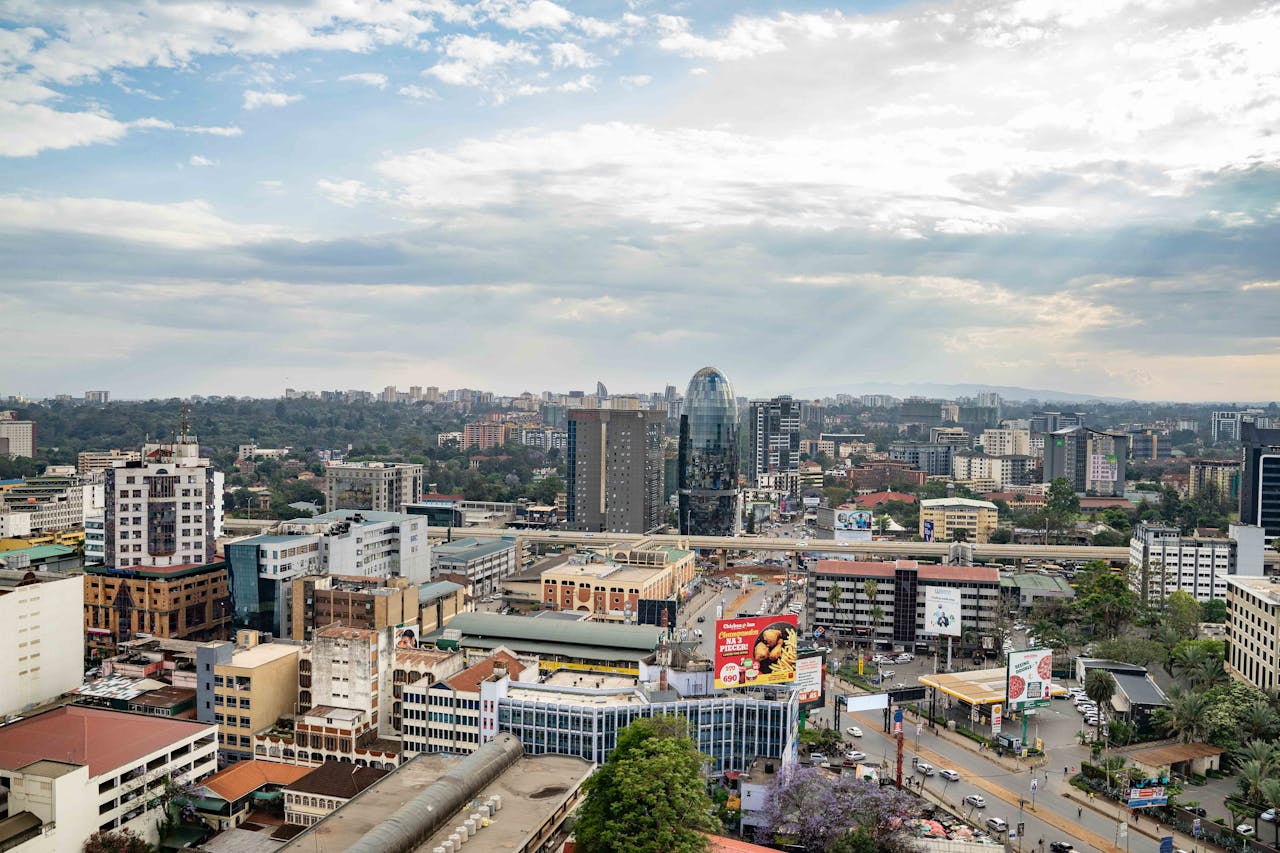
Urban Planning, Densification, and Infrastructure Impact
Shaping Skylines and Futures: Urban Planning, Densification, and Infrastructure’s Impact on Kenyan Real Estate (2025)
Kenya is undergoing rapid urbanization, a demographic shift that is profoundly reshaping its cities and, consequently, its real estate market. This urban expansion brings immense opportunities for growth and development but also significant challenges that necessitate robust, inclusive, and sustainable urban planning. In 2025, key trends like densification and the transformative impact of major infrastructure projects are at the forefront of discussions about Kenya’s urban future and its property landscape.
The Imperative of Urban Planning:
As populations flock to urban centers seeking opportunities, the pressure on land, housing, and public services intensifies. Effective urban planning is no longer a luxury but a critical necessity to:
- Manage growth in an orderly and sustainable manner.
- Prevent haphazard development and slum proliferation.
- Ensure equitable access to housing, amenities, and infrastructure.
- Protect environmentally sensitive areas.
- Create livable, vibrant, and economically productive urban environments.
However, uncoordinated urban expansion can lead to significant problems, including zoning disputes, environmental degradation, insufficient community engagement, project delays, and heightened social tensions. Bureaucratic inefficiencies in project approvals can further hinder planned development and impact government revenue collection.
Densification: Building Upwards in Response to Urban Pressures:
A visible response to urbanization and the scarcity of urban land is the trend towards densification. This is particularly evident in major cities like Nairobi, where:
- High-Rise Apartments: The construction of multi-story apartment buildings is becoming increasingly common as developers seek to maximize land use efficiency.
- Efficient Land Use: There’s a growing focus on optimizing the use of available land in urban centers and rapidly growing suburbs. While densification can be an effective strategy to accommodate growing populations, if poorly planned, it can strain existing infrastructure (water, sewerage, transport, power) and compromise the quality of urban life.
Infrastructure: The Engine of Real Estate Growth and Value:
Investment in large-scale infrastructure projects is a major catalyst for real estate development and value appreciation across Kenya.
- Transformative Projects: Initiatives like the Nairobi Expressway, the expansion of the Mombasa and Lamu Ports, the Standard Gauge Railway (SGR), and the development of new bypasses and arterial roads are consistently cited for their profound impact.
- Enhanced Connectivity: These projects improve connectivity between regions, reduce travel times, and open up previously less accessible areas for development.
- Property Value Uplift: Properties located along these infrastructure corridors or in areas benefiting from improved accessibility often experience significant increases in value and rental demand.
- New Development Hubs: Infrastructure development is a key factor in the boom of satellite towns and the emergence of new economic zones.
The Need for Integrated Planning:
The strong linkage between infrastructure development and real estate growth underscores the critical need for integrated planning. Public works projects should be aligned with strategic urban development plans to ensure that:
- Growth is sustainable and environmentally sound.
- Supporting social infrastructure (schools, hospitals) keeps pace.
- Communities are engaged in the planning process. Kenya can draw lessons from international examples to formalize structured dialogues among stakeholders and integrate environmental sustainability and infrastructure readiness into all development projects.
Conclusion:
Kenya’s urban future is being actively shaped by the interplay of population growth, planning decisions (or lack thereof), densification trends, and transformative infrastructure investments. For the real estate sector to contribute positively and sustainably to this future, a commitment to inclusive, forward-looking urban planning is paramount. This will ensure that Kenya’s cities grow not just bigger, but better – offering a high quality of life and equitable opportunities for all their inhabitants.




